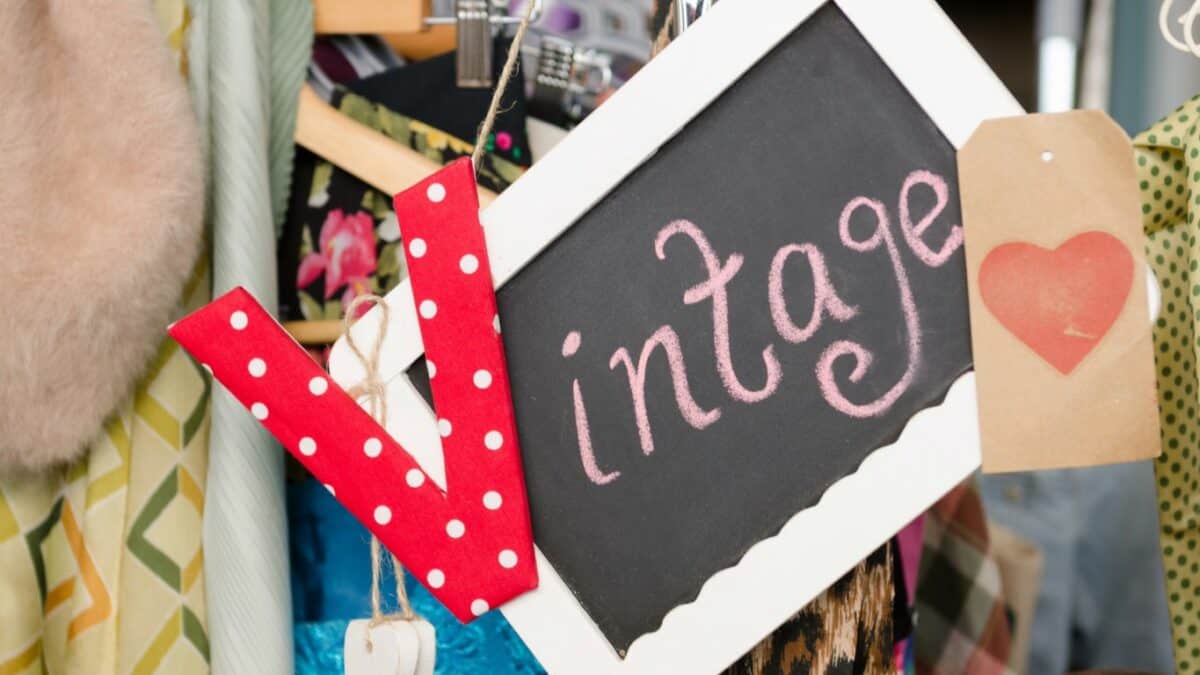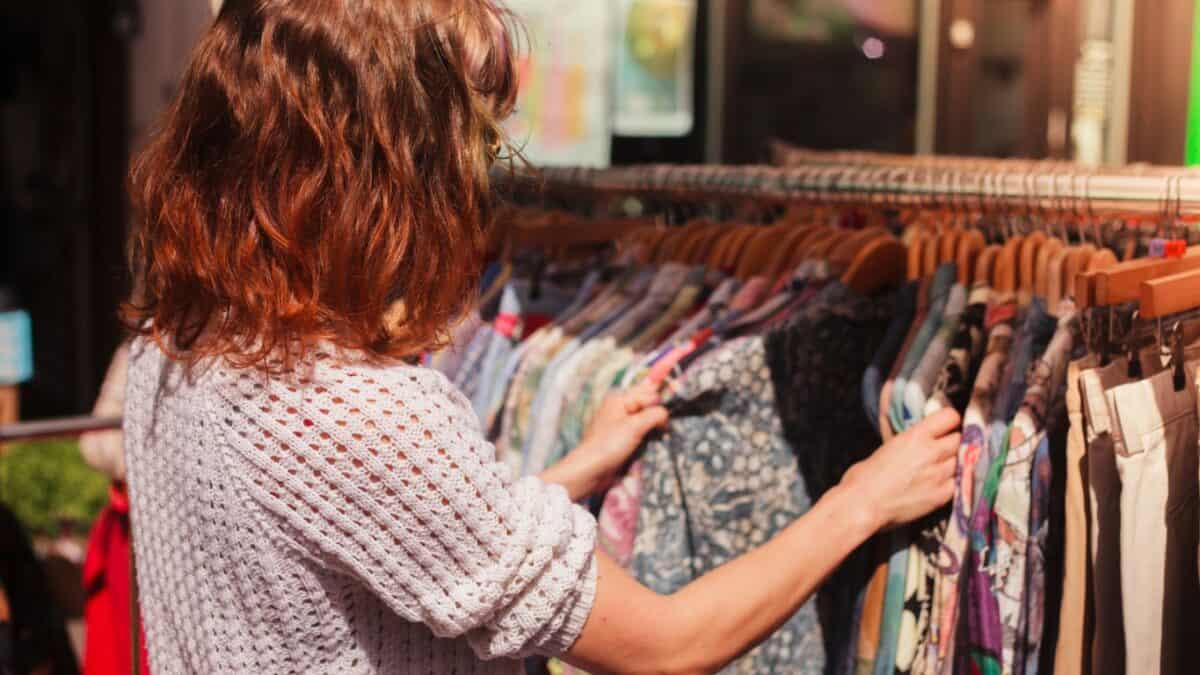Vintage fashion isn’t just about the clothes; it’s a time capsule of culture, craftsmanship, and commerce. The allure of vintage garments extends beyond their timeless style to the very way they were distributed and delivered to shops and customers. Today, let’s unravel how these treasured pieces traveled from past decades to your wardrobe.
Tracing Back to the Source
Vintage clothing, often defined as garments dating back 20 to 100 years, provides a glimpse into the past and a touch of authenticity and uniqueness in today’s fashion scene. Each piece tells a story, from flapper dresses of the 1920s to the bold prints of the 1970s. But before these items grace our closets, they first need to be sourced. This usually involves vintage dealers scouring estate sales, auctions, and old warehouses to uncover rare and valuable pieces. The journey of these garments from forgotten trunks to vintage shops is fueled by a passion for preservation and a keen eye for fashion that withstands the test of time.
The 1960s invented today’s fashion trends, with shifts in societal norms reflected in the vibrant, rebellious styles of the era. Mini skirts and bell bottoms weren’t just fashion statements; they were declarations of a generational shift in attitude and values. The process of collecting these iconic items is meticulous, often requiring dealers to authenticate the era of each piece, inspect for quality, and ensure a garment’s historical accuracy before it can be sold.
The Journey of a Vintage Garment From Past to Present
Once these treasures have been discovered, the next step is getting them ready for their new homes. This process often starts with restoration. Many vintage items require delicate handling, cleaning, and sometimes repair. Specialists in vintage fabric care use techniques as old as the garments to breathe new life into each piece. This meticulous attention to detail ensures that the clothes maintain authenticity and continue to tell their stories for years.
Packaging with a Purpose of Delivering Nostalgia
The most crucial aspect of the vintage clothing business is arguably how these items are packaged and shipped. Unlike modern retail, where speed and cost-efficiency are often priorities, shipping vintage garments requires a more thoughtful approach. Packaging bag manufacturers that specialize in vintage distributions understand that the package is part of the customer experience. These manufacturers often use materials that are not only protective but also aesthetically pleasing, such as recycled or decorated papers, vintage-style boxes, and custom tissue paper that evoke a sense of nostalgia and care.
This approach ensures the safe arrival of delicate garments and enhances the overall customer experience. Opening a package containing a vintage item becomes an event akin to uncovering a treasure. This thoughtful packaging bridges the gap between the old and the new, making vintage shopping a more immersive and personal experience. In a world dominated by instant gratification, the care put into the packaging of vintage clothing allows us to pause and appreciate the journey these garments have made through time.
Shipping Back in the Day
Back in the day, before the advent of overnight shipping and streamlined logistics, the distribution of clothing was a much different process. In the early to mid-20th century, when many of today’s vintage pieces were originally made, shipping was slower, more localized, and often more personal. Garments were typically shipped by train or truck, often taking days or even weeks to reach their destinations. Shipping was not just about speed; it was about ensuring that the product arrived in the best possible condition.
Retailers, department stores, and catalog companies would carefully package their wares in sturdy boxes lined with tissue paper and sometimes accompanied by handwritten notes or promotional materials. This wasn’t just an effort to protect the goods but also to create a sense of connection between the customer and the brand. Each package was promised quality and care, wrapped up in a box that often reflected the store’s aesthetic.
When these items were distributed to smaller towns, the local general store or clothing boutique became the final step in the garment’s journey. The owners of these shops would often inspect the clothing themselves before putting it on display, ensuring that each piece was perfect for their discerning customers. This hands-on approach created a bond of trust between sellers and buyers that is often missing in today’s fast-paced, mass-market retail environment.
Packaging is The Unsung Hero of Vintage Clothing
Packaging in the vintage world is more than just functional; it’s a continuation of the story. Each piece of vintage clothing is a relic, and the way it’s packaged reflects that. In the past, packaging often reflected the era’s fashion sensibilities. During the 1920s and 1930s, for instance, packaging was often adorned with Art Deco designs, reflecting the opulence and glamor of the time. By the 1950s and 1960s, packaging became more streamlined and modern, echoing the sleek lines and bold colors of the day’s fashion trends.
For modern vintage resellers, replicating this experience means carefully considering how they present their products. Some go as far as sourcing original vintage boxes, tags, and wrapping materials to create a truly authentic experience. Others design their packaging to reflect the era of the clothing, using fonts, colors, and materials that evoke the time period. Others use websites like keychain.com to find what suits their packaging needs from poly wrap, glass jars and everything in between.
This attention to detail not only preserves the clothing but also enhances the overall experience for the buyer. It’s a way of honoring the past while still delivering a fresh and exciting product. The packaging is, in many ways, the first impression a customer has of their new vintage purchase, and this impression must be both memorable and meaningful.
Nostalgia Delivered
In today’s digital age, vintage clothing can be sourced from anywhere in the world, and it’s easier than ever to find that perfect piece to complete your wardrobe. But with this convenience comes the challenge of maintaining the charm and authenticity that makes vintage fashion so special. This is where the art of packaging and shipping plays a critical role.
Online vintage stores, much like their brick-and-mortar counterparts of the past, have recognized the importance of creating a memorable unboxing experience. They understand that when a customer purchases a vintage dress from the 1940s or a jacket from the 1970s, they’re not just buying clothing but a piece of history. The packaging is the customer’s first physical connection with that history, and it needs to reflect the care and passion that went into curating the piece.
From eco-friendly materials that mirror the simplicity of past decades to handwritten notes that add a personal touch, modern vintage retailers are thoughtfully bringing the past into the present. And it’s not just about aesthetics; it’s about building a relationship with the customer, ensuring that each purchase feels like a unique and special experience.
A Timeless Connection
Vintage clothing is more than just a trend; it’s a connection to the past, a way of honoring history while creating something new. The way these garments are sourced, packaged, and shipped reflects the care and attention that goes into preserving these treasures for future generations. From the early days of slow, thoughtful shipping to the modern emphasis on sustainability and experience, the journey of a vintage garment is as important as the garment itself. As long as there are people who value history, craftsmanship, and style, the vintage clothing industry will continue to thrive, offering a timeless connection between past and present.
